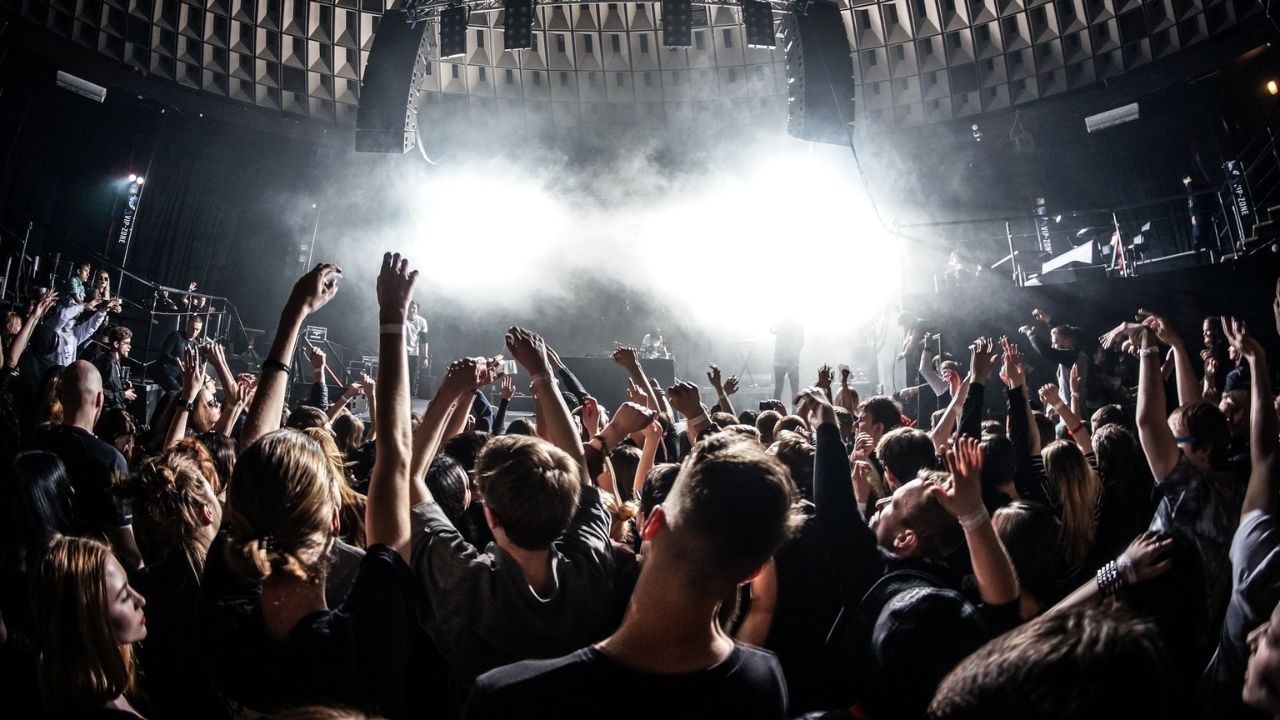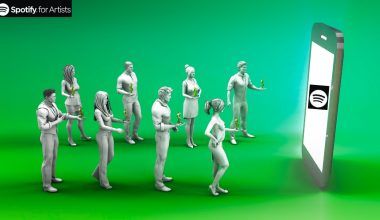The pandemic brought the world to a standstill, and the live music industry was one of the hardest-hit sectors. Live Shows During and Post Pandemic became a focal point of discussion as artists, venues, and fans adapted to a new reality. The way live shows were conducted changed drastically, with innovations like virtual concerts, socially distanced events, and hybrid performances becoming the norm. Now, as we navigate the post-pandemic world, the landscape of live shows continues to evolve. This blog delves into how live shows have transformed during and after the pandemic, the challenges faced by the industry, and what the future holds for concert experiences.
The Immediate Impact of the Pandemic on Live Shows
When the pandemic struck, the global live music industry faced unprecedented challenges. Tours were canceled, venues were closed, and artists were left with no platform to connect with their fans in person. Live Shows During the Pandemic became almost non-existent as public gatherings were deemed unsafe. The economic impact was severe, with millions of dollars in revenue lost and countless jobs affected.
However, the passion for live music didn’t fade away. Instead, it spurred innovation. Virtual concerts quickly became the go-to solution, with platforms like Zoom, YouTube, and Instagram Live hosting performances. These Live Shows During the Pandemic allowed artists to reach their audiences from the safety of their homes, offering a unique, albeit different, experience.
The Rise of Virtual Concerts
The shift to virtual concerts was one of the most significant changes in the music industry. Live Shows During the Pandemic were reimagined in digital spaces, allowing fans to enjoy performances from the comfort of their homes. Artists like Billie Eilish, Travis Scott, and BTS held virtual concerts that drew millions of viewers worldwide.
Virtual concerts offered several advantages. They removed geographical barriers, allowing fans from all over the world to attend the same show. Additionally, the cost of attending these shows was often lower, making them more accessible. However, they also had limitations. The energy of a live audience, the atmosphere of a packed venue, and the shared experience of being part of a crowd were missing. Despite these drawbacks, virtual concerts provided a crucial lifeline for artists and fans during a challenging time.
As restrictions began to ease, Live Shows During the Pandemic started to return in a new format—socially distanced concerts. These events were held in open-air venues with strict health and safety protocols. Fans were seated in designated areas, often far apart from each other, to minimize the risk of spreading the virus.
Socially distanced concerts offered a glimmer of hope for the live music industry. Artists could once again perform in front of an audience, albeit a smaller one. These shows also introduced new logistical challenges, such as managing crowd control, ensuring compliance with health guidelines, and adapting to reduced capacity. Despite these hurdles, socially distanced concerts became a crucial step in the gradual return of live music.
The Hybrid Concert Experience
As we transitioned into the post-pandemic era, the concept of hybrid concerts emerged. These events combined both in-person attendance and virtual participation, offering the best of both worlds. Live Shows During and Post Pandemic have increasingly adopted this model, providing flexibility for fans who may still be hesitant to attend crowded venues.
Hybrid concerts have opened up new possibilities for the industry. They allow artists to reach a broader audience, combining the intimacy of in-person performances with the accessibility of virtual ones. For fans, hybrid concerts offer the choice of how they want to experience the show, whether it’s from the comfort of their home or in a live setting. This flexibility is likely to remain a key feature of Live Shows Post Pandemic.
Challenges Faced by the Live Music Industry
While the industry has shown resilience and adaptability, Live Shows During and Post Pandemic have not been without challenges. Venues, particularly smaller independent ones, struggled to survive during the pandemic. Many were forced to close permanently, leading to a loss of cultural hubs that were vital to local music scenes.
Artists also faced financial difficulties. The revenue from live performances, which often forms a significant part of an artist’s income, dwindled during the pandemic. Even as live shows return, the reduced capacity and lingering safety concerns continue to impact earnings. Additionally, the cost of implementing safety measures for in-person events has added a financial burden on both artists and venues.
The Role of Technology in Shaping the Future of Live Shows
Technology has played a pivotal role in the evolution of Live Shows During and Post Pandemic. From virtual concerts to hybrid events, advancements in digital platforms have allowed the live music industry to continue thriving in the face of adversity. As we move forward, technology will likely continue to shape how live shows are conducted.
One of the most promising developments is the use of augmented reality (AR) and virtual reality (VR) in concerts. These technologies offer immersive experiences that go beyond traditional live shows, allowing fans to feel like they’re part of the performance, even from afar. Live Shows Post Pandemic could see a rise in such tech-driven events, providing unique and innovative experiences for fans.
The Future of Live Shows
As we look to the future, it’s clear that Live Shows During and Post Pandemic will never be the same as they were before. The industry has undergone significant changes, many of which are here to stay. Hybrid concerts, enhanced safety measures, and the integration of technology will likely define the future of live performances.
However, the essence of live music—the connection between artists and their audience—remains as strong as ever. Fans will always crave the experience of seeing their favorite artists perform live, whether it’s in a packed stadium or a virtual environment. The resilience and creativity shown by the industry during the pandemic have laid the groundwork for a new era of live shows, one that embraces change while staying true to the spirit of live music.
Conclusion
Live Shows During and Post Pandemic have transformed the way we experience concerts. From the rise of virtual concerts to the emergence of hybrid events, the live music industry has shown remarkable adaptability. While challenges remain, the future of live shows looks promising, with technology playing a key role in shaping the concert experiences of tomorrow. As we continue to navigate the post-pandemic world, one thing is certain: the love for live music will always endure, no matter the format.
For further reading, explore these related articles:
- Amazon Music vs Apple Music: A Comprehensive Comparison
- How to Claim Amazon Music Artist Profile: A Complete Guide
- Top 5 Christmas Songs That You Shouldn’t Miss in 2024
- Top Music Distribution Companies in India
For additional resources on music marketing and distribution, visit Deliver My Tune.






